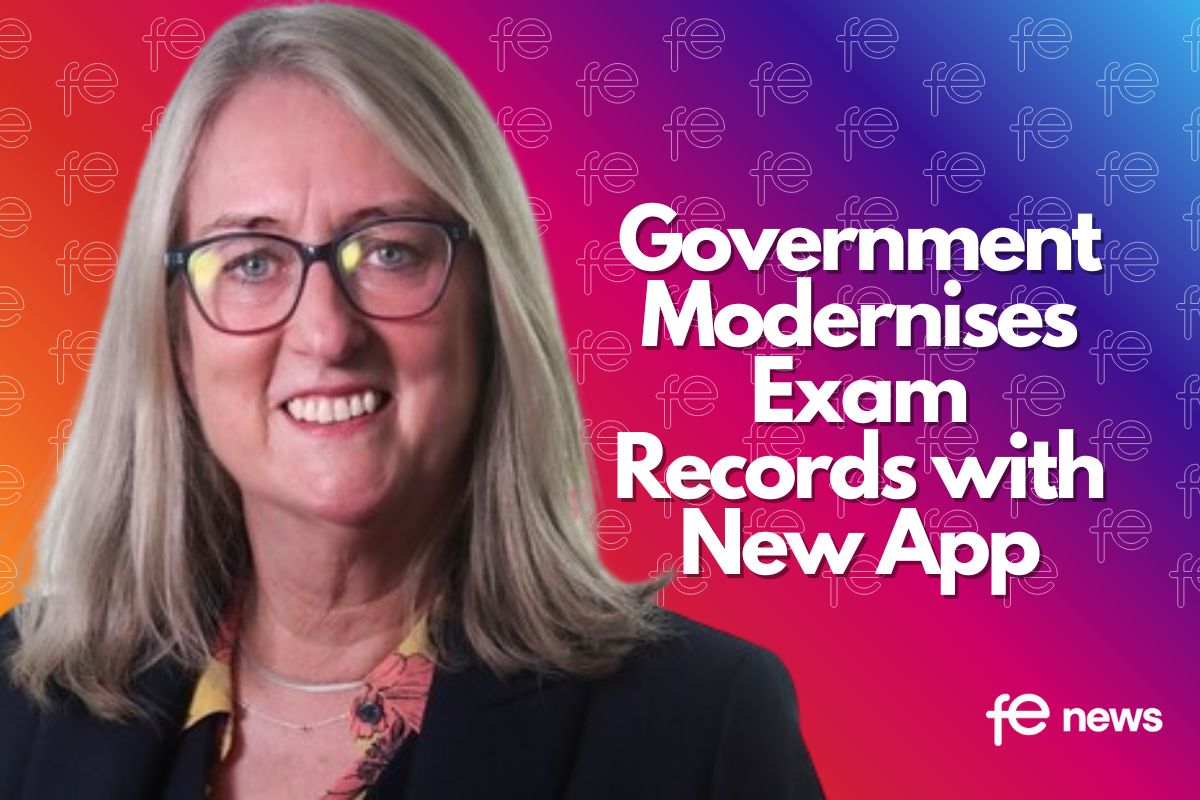Three steps to retain student enrolment during a pandemic

A collapse in student numbers due to the COVID-19 pandemic could lead to billions in lost tuition fees and grant income, warns a recent report for University and College Union (UCU). The report estimates that there will be a 47 per cent decrease in international student enrolment in the next academic year due to coronavirus, costing the sector as much as £2.5 billion. Since then, a survey of students found that one in five undergraduate applicants said they were willing to delay starting their courses if universities were not operating as normal due to the coronavirus pandemic.
At the start of the month, the UK government announced a Covid-19 support package for universities. Largely, this involves a cap on the number of students each institution can admit which it is hoped will level the playing field and prevent possible bankruptcy. But with application numbers in the floor and student accommodation sitting empty, the months ahead will be difficult as educators struggle to definitively predict cash flows and safeguard their businesses.
Education administrators are being forced to restructure everything from international recruitment, to visa applications, to refund policies with a view to retaining and driving student enrollment as far as possible for the 2020-21 academic year.
As we near the due dates for the first installment of tuition fees, the higher education system is juggling a number of moving parts. It must adjust its pricing models, maintain affordability for struggling families and promote its own cash flow viability, all the while knowing it will be disrupted by changing billing structures and lower enrollment rates.
These strategies will look different for everyone. Decisions on whether to have students return to campus or remain in a remote education environment will largely depend on the geographic location of schools and the respective governmental policies. But having spoken to institutions, industry affiliations and global student communities, certain policies can support enrollment and increased attendance in the months ahead.
Here are three key steps universities should consider as they develop their safeguarding strategies.
-
Clearly defined policies
With the dust still settling on the ‘new normal’, many circumstances remain unknown. At the same time, the pressure to make key decisions is looming – Nicola Dandridge, chief executive of the Office for Students, said applicants must have “absolute clarity” on what they would be getting before they accepted their places for this academic year. The key for institutions is to craft clear policies that provide students and families the comfort they need to choose to enrol in universities now, with the intent to commence studies in the autumn term.
One way to offer this kind of reassurance amid uncertainty is to offer choice. If thirty days prior to the start of the semester, “normal travel” or a “typical experience” is not possible, universities can suggest that students either start with online learning and convert to on-campus studies when appropriate or they can defer their start to a subsequent semester.
-
Payment plans are critical to affordability
The disruption of COVID-19 may make it harder for students and families to afford previously accessible education. Universities that can offer flexible payment plans will help their communities manage budgets, while maintaining enrolment. Introducing these payment plans can help students and families by spreading tuition expenses across smaller, easier-to-manage payments and, if front-loaded, generate cash flow for universities in advance of the semester.
To ease the financial pressure on students and families, institutions may also want to consider modifying standard terms to pause plans and/or extend payment periods into the school term. For example, a six-month plan that starts in June will continue through November in order to help drive enrollment and increase affordability by reducing the monthly amount due.
-
Consider visa requirements on a country-by-country basis
Visas represent one of the most challenging areas of uncertainty for students planning to study outside their home country in the months ahead. By providing accurate information on visa availability and regulation updates across the world, education institutions can not only be enormously helpful to students, but also build the confidence necessary to support enrolment for the autumn 2020 semester.
With international students being a cultural, academic, and financial contributor to institutions, universities need to ensure government associations are aware of the importance of ensuring a path for timely visa issuance that supports changing student plans. International education advocacy groups such as NAFSA (Association of International Educators) and UKCISA (UK Council for International Student Affairs) are advocating for government assistance regarding international student enrollment and visa challenges in advance of the Autumn 2020 semester.
Universities must prepare for an array of scenarios but adjusting their approach to affordability isn’t easy. Every university will need to look at what their own recovery trajectory looks like – there isn’t a one-size-fits-all. Following these steps should help universities plan with confidence at a time when COVID-19 is causing issues both for the cost structure of running an educational system and on the families who are looking to send their children off to study.
The evolution of existing business models is key, with educators exploring a potential hybrid physical-digital approach. Cambridge University has been among the first to announce that all lectures will be online-only until the summer of 2021. But for many, the online classroom has not represented the significant drop in expenses administrators might have expected.
That evolution needs to extend to internal policies and structures. To lower the barriers to entry and retain prospective students, universities will need to meet these concerns with flexibility. Institutions need to embrace tools and practices that will help them react to changing cost structures and implement payment plans that ease financial pressure. Doing so will ensure institutions can create efficiencies, boost retention and drive recruitment when the higher education sector needs it the most.
Sharon Butler, EVP of Global Education at Flywire
About Sharon Butler:
As Executive Vice President of Global Education at Flywire, Sharon brings over 20 years of experience in sales and customer success and currently leads the global sales and account management teams across ten offices globally for Flywire’s Education vertical. Sharon has been a pioneer in the education payment space and helped to evangelize on a global scale the importance of the student payment experience and choice for education based payments. As Flywire’s first employee she has not only built and scaled Flywire’s Education sales and client success teams across the globe, but also championed educational cross-border payments to lead Flywire to a presence representing more than 2,000 education clients across 240 countries and territories.











Responses